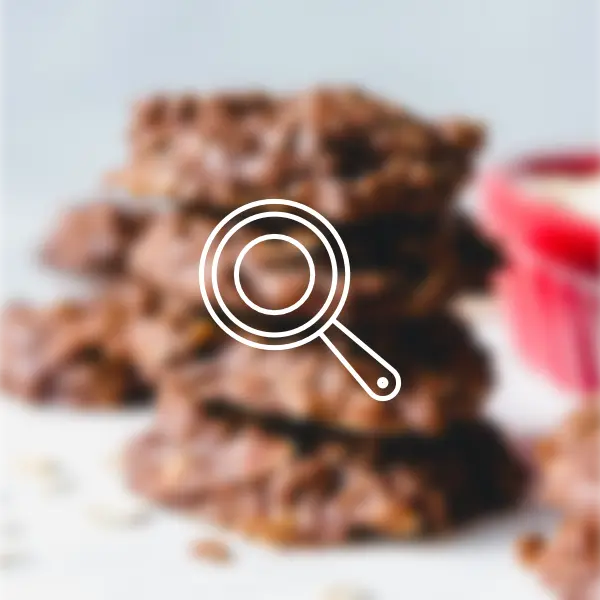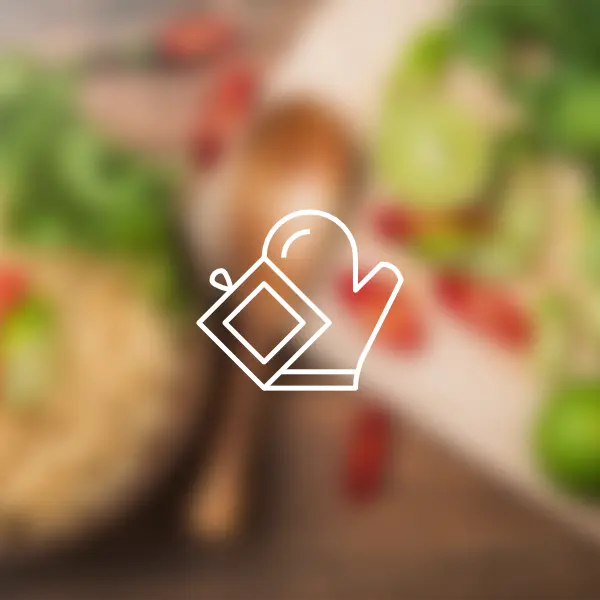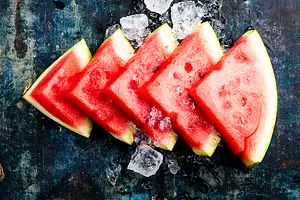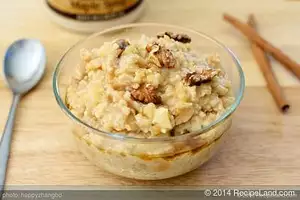Health Nut recipe collection
80 Health Nut recipes

Tomatoes are packed with lycopene, an antioxidant that helps prevent heart disease and cancer. They are a good source of vitamin C as well as vitamin E to help protect the body from oxidative damage. Cucumbers provide anti-inflammatory and anti-cancer benefits. Capsicum is a great source of beta-carotene which is an antioxidant and precursor to vitamin A, helping to promote vision and support reproduction, growth as well as a healthy immune system. Olives are antioxidant powerhouses and contain anti-inflammatory compounds, known for their role in preventing coronary artery disease.

You can use any type of wholegrain rice you like - but try to stick to non-white. There are many wonderful whole grain rice varieties that would work well in this dish - brown rice, red rice, or black rice.
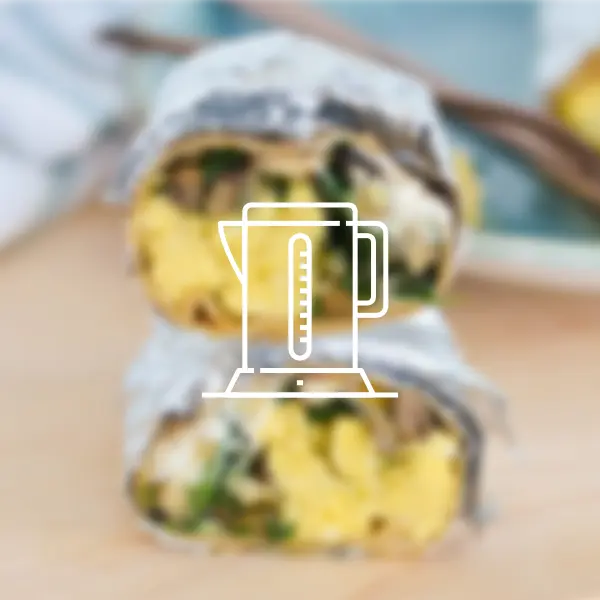
Tataki is a typical Japanese preparation in which beef (or fish) is seared on the outside, left very rare inside, thinly sliced and served with a citrusy soy sauce. This recipe delivers the citrus flavour from ponzu with a hint of heat from chilli and wasabi.

A super-healthy take on the original German classic - guilt free! Made with antioxidant-rich raw cacao, healthy coconut oil and cacao butter, high-protein mesquite powder, and filled with juicy wolfberries, vitamin E-rich almonds, and other delicious toppings of your choice.

Low in fat, butternut squash contains significant amounts of dietary fiber, making it an exceptionally heart-friendly choice. It also contains potassium, important for bone health, and vitamin B6, essential for the proper functioning of both the nervous and immune systems. Importantly, the squash is very rich in beta-carotene (which your body automatically converts to vitamin A), which has been shown to protect against breast cancer and age-related macular degeneration, among other health benefits. If that was not enough, a single cup serving provides nearly 50% of the daily recommended dose of vitamin C.

Full of vibrant, Moroccan flavours, these sweet potato and carrot 'fries' are a quick and delicious way to add a nutritious side to your main meal. Both sweet potatoes and carrots are rich sources of antioxidants. Sweet potatoes also contain manganese, an important mineral for stabilising blood sugar levels.

Salted caramel ice-cream and desserts have become standard on many restaurant menus in Singapore – as delicious as they are, they are not always the healthiest and are usually loaded with refined sugar and questionable fats. This very easy dessert will satisfy your sweet tooth, while giving you a boost of antioxidants, and magnesium. And the best part is that it can be ready in under 45 minutes (including freezing time).
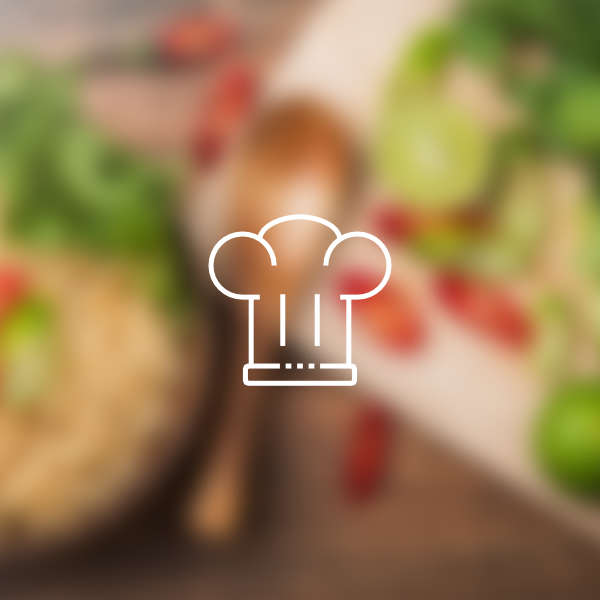
Eggs are high in protein and contain all the essential amino acids needed for growth and repair. In addition, they contain vitamin A, omega-3 fatty acids and vitamin E. However, not all eggs are created equal: tests have confirmed that free range eggs (from hens that were allowed to roam free and were not kept in cages) are nutritionally superior and much less likely to be contaminated with disease-causing bacteria such as salmonella. They also taste better, so whenever possible always choose free range eggs.
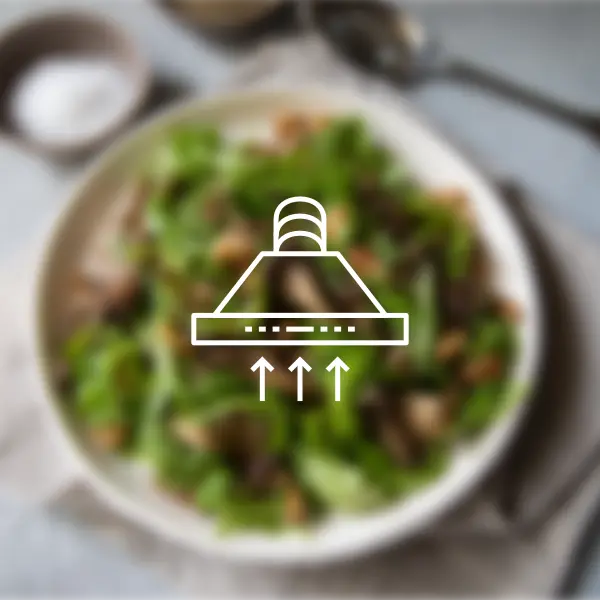
Dry your beans well before cooking. To get the traditional ‘blistered’ look of the beans you will need to shallow-fry them for 5-6 minutes and stir constantly to avoid burning.

The health benefits of green papaya exceed those of the ripe variety. Raw green papaya is packed with vitamins, enzymes and phytonutrients. It contains vital nutrients including potassium, magnesium, and vitamins A, C, E and B. However, perhaps the most important health property of green papaya is its ability to improve digestion and the uptake of nutrients, raising enzyme levels and improving assimilation, and thus also strengthening the immune system. Green papaya contains two of the most powerful plant proteolytic enzymes: papain and chymopapain. These enzymes excel at breaking down proteins, fats and carbohydrates, as well as aiding healthy digestion. Papain can only be found in the papaya fruit and is more effective than pepsin produced by our own stomachs.

Choose wild salmon to reap the health benefits of this fatty fish. Wild salmon is easily identifiable as its flesh is bright red and contains very little fat (very thin white stripes in the flesh). Since wild salmon swim in the wild eating what nature intended them to eat, their nutritional profile is more complete. Farmed salmon, by comparison, are fed an unnatural diet of soy and corn (never found naturally growing in the ocean!) along with chicken and feather meal. This unnatural diet means that the nutritional content of farmed salmon is markedly different from the wild variety. In particular, its omega-3 fatty acid content is much lower. Farmed salmon also contain a lot more fat (since they can't swim around as freely) and are often carriers of toxic viruses.

Yoghurt is a great tenderiser for chicken breast, which can be a little tough when cooked without marinating beforehand. Buy organic yoghurt if possible to avoid the traces of growth hormones and antibiotics commonly found in conventional dairy products.

Oats are a great source of soluble fibre and have been shown to help lower cholesterol levels. Cinnamon is well regarded for its ability to balance sugar levels, thus keeping hunger at bay for longer. Adding flaxseeds or chia seeds boosts the omega-3 oils and adds even more fibre to the dish. The dish can be assembled the night before and left in the fridge for the oats to soften. All that is required the next morning is to add hot milk.
Showing 65 - 80
of 80 recipes

